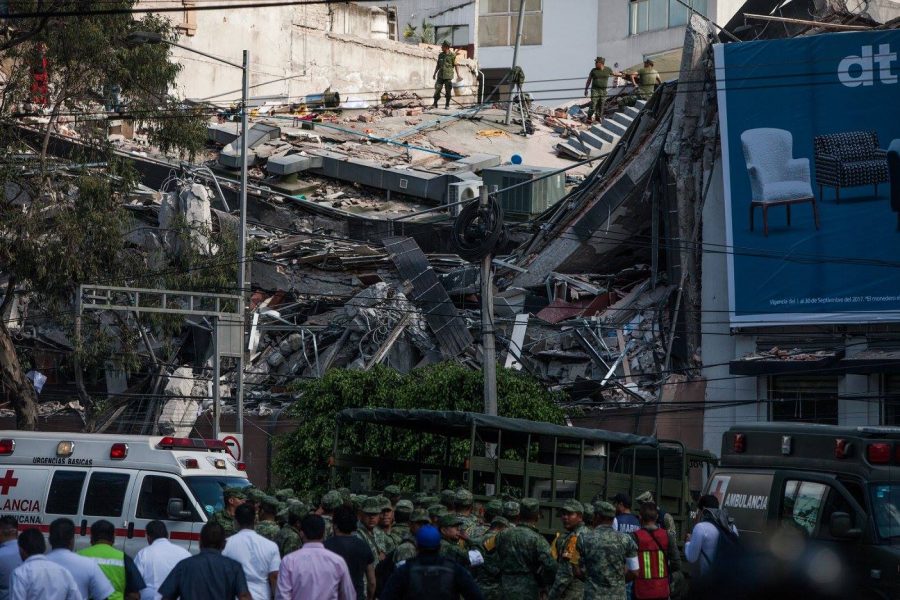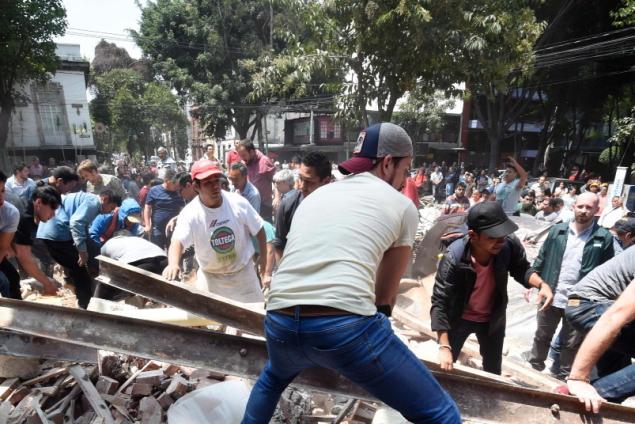Building a Community Aware of Its Risks

Sometimes looks can be deceiving.
Last week I visited the historic Los Angeles City Hall for a meeting with government and philanthropic leaders. You might think that given the storied architecture of the building, with its mix of Art Deco and other architectural styles, the talk would be about the past. But on the contrary, it was decidedly about the future and how to make a better community through planning and preparedness for disasters.
My timing for the meeting couldn’t have been better. That very morning, Mayor Eric Garcetti released a new report called “Resilience by Design,” a plan to address the city’s greatest earthquake vulnerabilities. Garcetti’s plan would require retrofitting of two types of vulnerable buildings. Retrofits would be required within five years at “soft-first-story” buildings built prior to 1980, and retrofits would be required within 25 years at “non-ductile reinforced concrete” buildings built prior to 1980. The plan also recommends significant investments in fortifying the city’s water supply and telecommunications, including Internet connectivity.
The plan’s development was led by Dr. Lucy Jones, a seismologist with the U.S. Geological Survey, and science advisor on seismic risk to Mayor Garcetti. You can read an executive summary and the entire Resilience by Design report at www.lamayor.org/earthquake.

Here’s where it gets really interesting: in November, Dr. Jones was one of the featured speakers at the Southern California Grantmakers Association annual conference. This year the conference was entirely devoted to the subject of “Building Resilient Communities: Opportunities for Philanthropic Leadership.” Just imagine! An entire conference of philanthropists devoted to the subject of how to build resilient communities.
In her new book, “The Resilience Dividend,” Dr. Judith Rodin, president of the Rockefeller Foundation, states that the first step in building community resilience is “awareness,” which she defines as “The entity has knowledge of its strengths and assets, liabilities and vulnerabilities, and the threats and risks it faces. Being aware includes situational awareness: the ability and willingness to constantly assess, take in new information, and adjust understanding in real time.” The goal, says Rodin, is to build a community that is “more able to prevent or mitigate stresses and shocks you can identify and better able to respond to those you can’t predict or avoid. “
It looks to me like the City of Los Angeles is well on its way to creating disaster awareness. This could be the start of something big.
A footnote: The Los Angeles City Hall is the tallest base-isolated structure in the world, having undergone a seismic retrofit from 1998 to 2001 so that the building will sustain minimal damage and remain functional after a magnitude 8.2 earthquake
More like this

Mexico Earthquake Grants Support Economic Recovery

